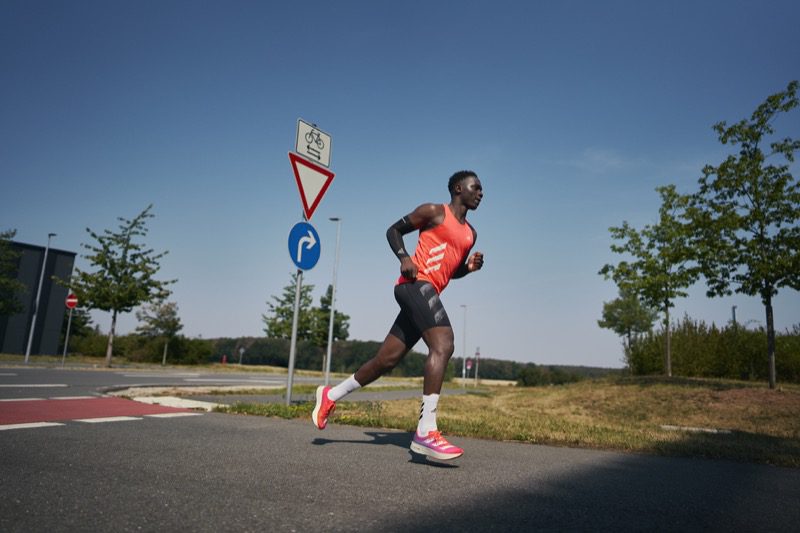Should I lean forward when I run?
New research shows a forward lean can improve your stride length and frequency, but it may increase your risk for injuries

The question of what constitutes good running form is a constant topic of conversation in the running world. The perfect foot strike, the correct way to hold your arms and how much your torso should move while you’re running have all been discussed over and over again, but today we bring you a different question: should you lean forward when you run? A team from Harvard University hypothesized that it may be detrimental to running performance, but after studying several runners, they proved themselves wrong.

RELATED: 5 must-do exercises for improved running form
The study
The goal of the study was to understand how trunk flexion (i.e. leaning forward) affected a runner’s stride length and stride frequency, as well as the loading rates and ground reaction forces that change created in their joints. The researchers recruited 11 female and 12 male runners and had them run four times: the first at their preferred trunk flexion, and then three more times with a moderate, intermediate and high degree of trunk flexion. They tracked the movements of the runners’ trunks and lower limbs to measure the necessary parameters.
Overall, they found that when runners leaned forward, the length of their strides decreased, while their stride frequency increased, both of which can help an athlete run faster. The caveat to this, however, is that a forward lean appeared to increase loading rates and ground reaction forces, which could put runners at a higher risk for injuries. They concluded that trunk flexion angle (how much a runner leans forward) should be investigated further in relation to running performance and repetitive stress injuries.

RELATED: There’s no quick fix to improve your running form
What does that mean for you?
The research is still very new, so for now, continue running in a way that feels comfortable and natural to you. Remember that when it comes to changing your running form, the best thing you can do is stretch, strength train and do mobility and form drills to practice and improve your running mechanics to achieve better form. Trying to change your running form intentionally often leads to injury, and can even slow you down, so if you think your form is slowing you down, talk with a physiotherapist or other sports therapist who specializes in running who can assess your areas of weakness and help you improve.


